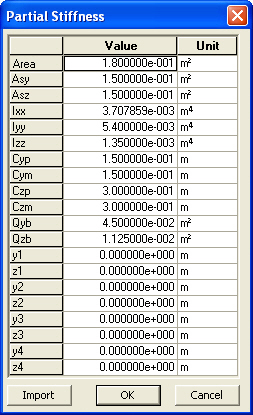Composite Section for Construction Stage
| ||||
|
| ||||
|
| ||||
|
Define an analytical model for each construction stage by assigning activated or inactivated sections corresponding to each construction stage of a composite bridge.
Checking member forces & stresses for each part of a composite section 1. Strain due to a moment applied to a composite section
2. Stress calculation for each part
3. Member force calculation for each part The member forces (axial & moment) for each Part are calculated by integrating the stresses shown in the above diagram. Shear forces are not calculated for each part, as the shear flow pattern widely varies depending on the section profile.
The member forces of each Part are calculated on the basis of compatibility of the concrete and steel girder. If the concrete deck and the steel girder are modeled as beam elements, which are rigidly linked, the member forces will not be identical to the above composite concept, unless the spacing of the rigid links approaches 0. | ||||
|
| ||||
|
| ||||
|
| ||||
|
From the Main Menu select Load > Construction Stage Analysis Data > Composite Section for Construction Stage
Select Construction Stage Analysis Data > Composite Section for Construction Stage in the Menu tab of the Tree Menu.
In the Icon Menu select the desired construction stage. | ||||
|
| ||||
|
| ||||
|
Composite Section for Construction Stage dialog box
Add a new composite section to be used for Construction Stage analysis to the section list.
Modify or check the data for the composite section selected in the list.
Delete the composite section selected in the list.
Recalculate Notational Size of Member, h, using the input section data.
Add/Modify Composite Section for Construction Stage dialog box
Active Stage : Specify the construction stage at which the section becomes activated from the list
Section : Specify the Section from the list.
Composite Type : Specify a Composite Section Type.
Normal : When a Normal Section type is used
User : When the User specifies a section
Section Type : Check the Section Type specified.
Section Shape : Check the Section Shape specified.
Element List : Check the Element Numbers for which the composite section is specified.
Construction Sequence
Part: Refer to the diagram.
Mat. Type
Element: Select by element. In this case, the material properties that are already defined for the element are used.
Material : Select by material. In this case, the material properties selected are used for the analysis, whereas the material properties already defined are not used.
Note
Material: Select Material. If ‘Material’ is selected from ‘Mat. Type’, the user can define the material property in this section.
Compo. Stage: Select the Construction Stage in which the composite section becomes activated. Since part no.1 is a part before the composite action for the section occurs, Part No.1 needs to be selected as the Active Stage.
Age: Specify the age when the composite section becomes activated. The age inputted during the general construction stage will be ignored, whereas the age inputted here will be activated and used during analysis.
h : Enter the Notational Size of Member for each Part. h=2*Ac/u (Ac : Section Area, u : Perimeter in contact with atmosphere).
The value of h must be greater than zero. If h is zero, analysis will be not proceed except for the following conditions:
1. When elements to which selected sections are assigned in Section does not exist at Active Stage 2. When section types are Steel-I or Steel-Box, specified as Part 1. 3. When Material Type is specified as Material, and Material is specified as Steel. 4. When Material Type is specified as Element, and all the elements defined in the Element List are steel.
When Material Type is specified as Element, enter zero for 'h' except for the following conditions.
1. When the values of h in the Change Element Dependent Material Property dialog have been entered identically for all the elements specified in the Element List. 2. When identical Time Dependent Material properties have been assigned to all the elements specified in the Element List.
When Material Type is specified as Material, 1. Materials properties selected in Material and the h values of the linked time dependent properties are used. 2. When material properties selected in Material and Volume Surface Ratio in the linked time dependent properties are used, ‘h’ will be assigned zero
Note 1. In case of Composite & PSC section types, ‘h’ is automatically calculated and the user may revise the values. 2. When calculating total perimeter ‘u’, the influence coefficient for the enclosed part is not considered. 3. In case of Composite section types, the slab area and the perimeter for calculating ‘h’ are based on the total slab width of the bridge, not as segmented individual slabs apportioned to the supporting girders.
Scale: This defines the scale. Input the scale for section properties of each part.
Stiff.: Specify the section Stiffness of each part.
Note Section properties entered in Section are not applied to Composite Section for Construction Stage, but are used to only show the shape. Rather section properties input in Composite Section for Construction Stage will be used. This is because time-variant modulus of elasticity must be reflected in Composite Section for Construction Stage
Stiff.Scale: Specify Scale Factor for section properties
Note Torsional stiffness and effective shear areas are calculated by summing the values of each part, which are different from the actual section properties of the post-composite section. Stiffness Scale Factor allows us to adjust the section properties for the post-composite section.
Compo.Stiff: Display the composite section properties of the composite section including the parts, which became composite thus far.
Note By checking the section properties of each part of a composite section, can we then detect any modeling error for a composite section.
Note When construction stage analysis is carried out using Composite Section for Construction Stage, member forces and stresses can be checked from Results>Results Tables>Composite Section for C.S.
| ||||
|
|
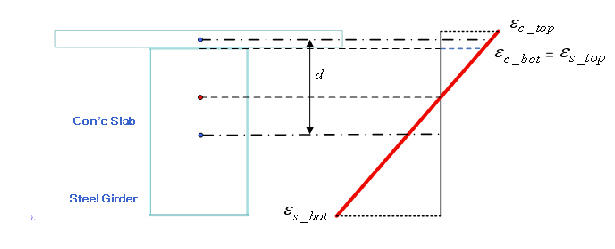
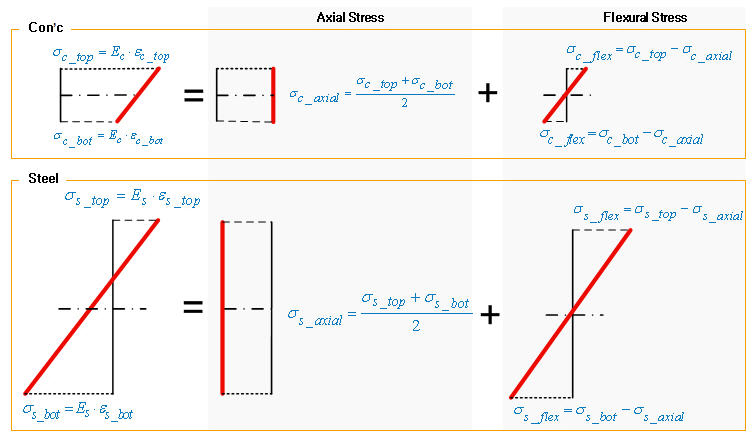
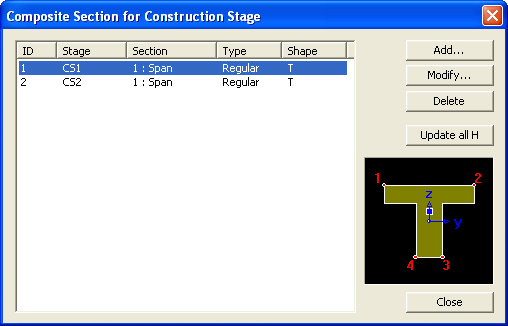




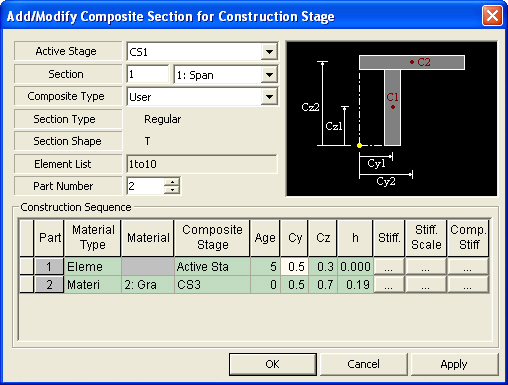
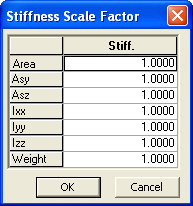
 : Specify
scale factors for the section properties of each Part.
: Specify
scale factors for the section properties of each Part.